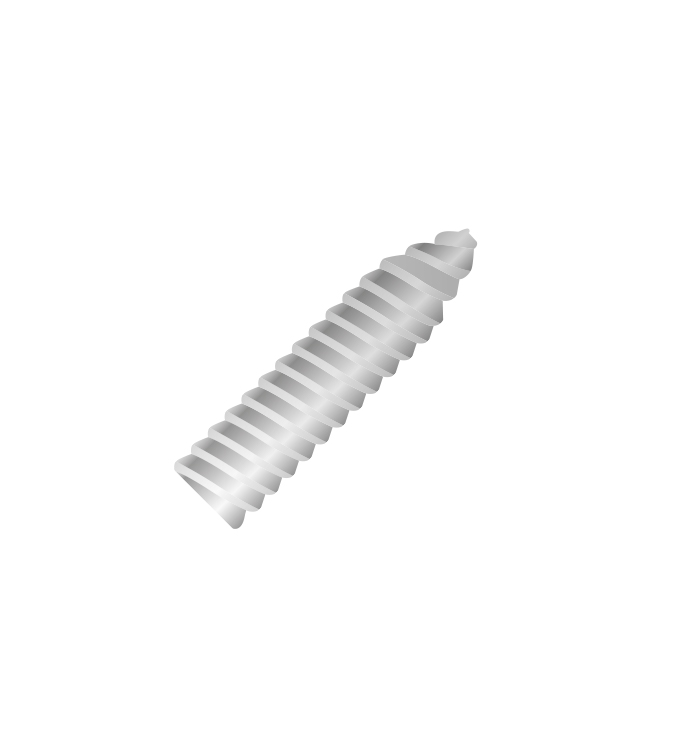TENOLIG
Tenolig is a percutaneous implant for acute Achilles tendon tears.
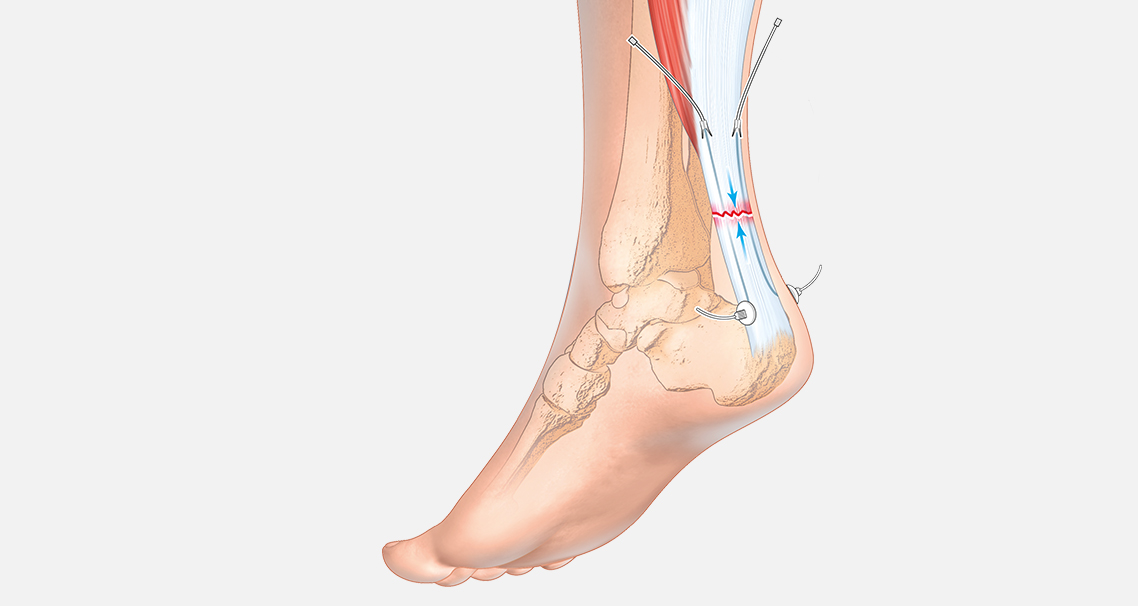
TENOLIG
Tenolig is a percutaneous implant for acute Achilles tendon tears.
Concept
Three main techniques are used to repair ruptured Achilles tendons.
PERCUTANEOUS
This technique consists of passing two sutures with preloaded needles into which small harpoons are embedded. The entry points are about 6 cm proximal to the tear on the posterolateral side of the tendon. The exit points are on the posterolateral side of the tendon over the retromalleolar space, 4 to 5 cm below the tear.
The surgeon passes the two needles percutaneously proximal to distal, through the ruptured tendon.
The harpoons attach themselves into the upper portion of the tendon. The sutures are pulled downwards to bring the two ruptured tendon ends together, and then locked with polyethylene discs against the skin. The sutures can be removed by the surgeon after about 6 weeks.
The percutaneous technique is based on four principles.
- Bringing the two ruptured Achilles tendon ends together for 6 weeks without using a surgical incision. During this time, the entire tendon can be mobilised through flexion/extension movements of the foot.
- Not devascularising the tendon by unnecessarily opening its sheath.
- Preserving the post-rupture haematoma to ensure good, fast healing.
- Allowing early mobilisation to guide the alignment of collagen fibres and hasten their transformation into efficient elastic tendon fibres.
Successful Tenolig use requires that the surgical technique be followed and that the patient complies fully with the postoperative protocol.
CONSERVATIVE
This technique consists of using two consecutive knee-to-ankle casts: the first with the ankle in full plantarflexion so that the two tendon ends are as close together as possible, and the second with the ankle at 90°.
STANDARD SURGERY
In this technique, the two tendon ends are sutured together through a 10 to 15 cm skin incision.
Indications
Surgical repair of an acute Achilles tendon tear using a percutaneous approach.
For the best results, this procedure should be performed within 8 days of the tear.
Features
The full kit consists of:
- a 0.85 mm diameter suture, 36 cm useful length, with a harpoon; it is preloaded with a 1.5 mm diameter, 15 cm long slightly curved cutting needle that can be reshaped intra-operatively to best match the type of tear,
- a perforated metal stopper that is used to tighten the suture,
- a polyethylene (UHMWPE) disc that has a flat side and a convex side that is not easily compressible by the skin.
The box contains two full Tenolig kits needed for a standard percutaneous repair.
Product reference:
Box of 2 Tenolig implants: ref. 232 942
Publications
- Zayni, R., et al., Activity level recovery after acute Achilles tendon rupture surgically repaired : a series of 29 patients with a mean follow-up of 46 months. Muscles, Ligaments and Tendons Journal, 2017. (1):69-77.
- Lacoste, S., J.M. Féron, and B. Cherrier, Réparation percutanée par Ténolig® sous contrôle échographique peropératoire dans les ruptures aiguës du tendon d’Achille. Revue de Chirurgie Orthopédique et Traumatologique, 2014. 100(8): p. 672-677.
- Lacoste, S., J.M. Feron, and B. Cherrier, Percutaneous Tenolig repair under intra-operative ultrasonography guidance in acute Achilles tendon rupture. Orthop Traumatol Surg Res, 2014. 100(8): p. 925-30.
- Bessam, A., et al., [Percutaneous tenorraphy in fresh ruptures of the Achilles tendon: report of 67 cases]. Pan Afr Med J, 2014. 17: p. 287.
- Mezzarobba, S., et al., Percutaneous repair of Achilles tendon ruptures with Tenolig: quantitative analysis of postural control and gait pattern. Foot (Edinb), 2012. 22(4): p. 303-9.
- Taglialavoro, G., et al., The repair of the Achilles tendon rupture: comparison of two percutaneous techniques. Strategies Trauma Limb Reconstr, 2011. 6(3): p. 147-54.
- Lacoste, S., B. Cherrier, and J.M. Féron, Intra-operative ultrasonography in the percutaneous tenorraphy of acute Achilles tendon ruptures. European Journal of Orthopaedic Surgery & Traumatology, 2011. 22(7): p. 585-591.
- Soubeyrand, M., et al., Intraoperative ultrasonography during percutaneous Achilles tendon repair. Foot Ankle Int, 2010. 31(12): p. 1069-74.
- Rouvillain, J.L., et al., Percutaneous suture of acute Achilles tendon rupture. A study of 60 cases. Acta Orthop Belg, 2010. 76(2): p. 237-42.
- Boukhris, J., et al., Ténorraphie percutanée pour rupture fraîche sous-cutanée du tendon calcanéen. À propos de 28 cas. Journal de Traumatologie du Sport, 2010. 27(3): p. 103-106.
- Gigante, A., et al., Open versus percutaneous repair in the treatment of acute Achilles tendon rupture: a randomized prospective study. Knee Surg Sports Traumatol Arthrosc, 2008. 16(2): p. 204-9.
- Besch, S., E. Rolland, and F. Khiami, Rupture récente et ancienne du tendon calcanéen de l’adulte. Journal de Traumatologie du Sport, 2008. 25(2): p. 109-117.
- Alexa, O., et al., [Percutaneous repair of achilles tendon rupture–a technical note]. Rev Med Chir Soc Med Nat Iasi, 2008. 112(4): p. 993-8.
- Rolland, É., Rupture récente et ancienne du tendon d’Achille de l’adulte. Revue de Chirurgie Orthopédique et Réparatrice de l’Appareil Moteur, 2007. 93(7): p. 24.
- Maes, R., G. Copin, and C. Averous, Is percutaneous repair of the Achilles tendon a safe technique? A study of 124 cases. Acta Orthop Belg, 2006. 72(2): p. 179-83.
Downloads et medias
Download surgical technique
Interested in this product?
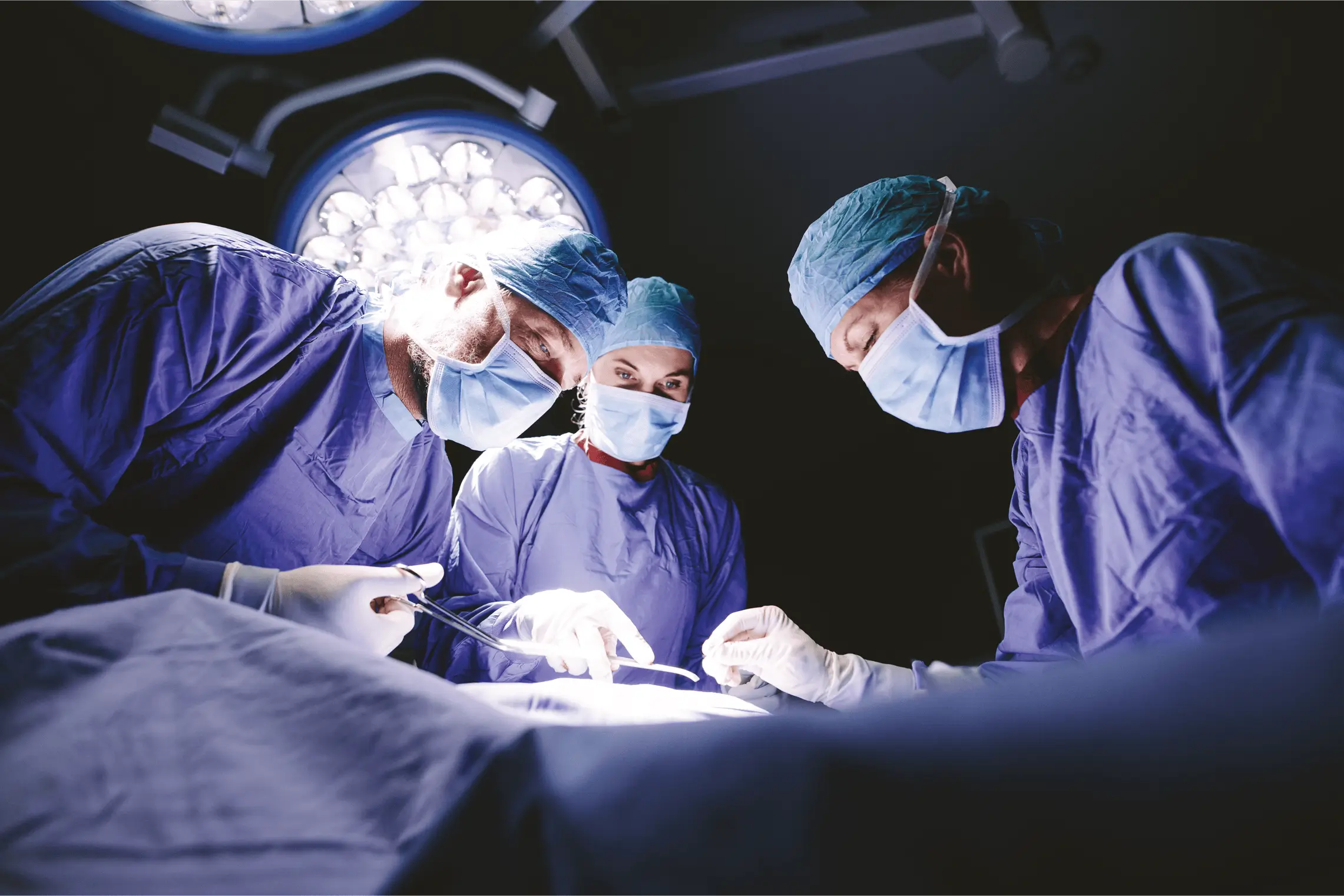
Our other products in the range
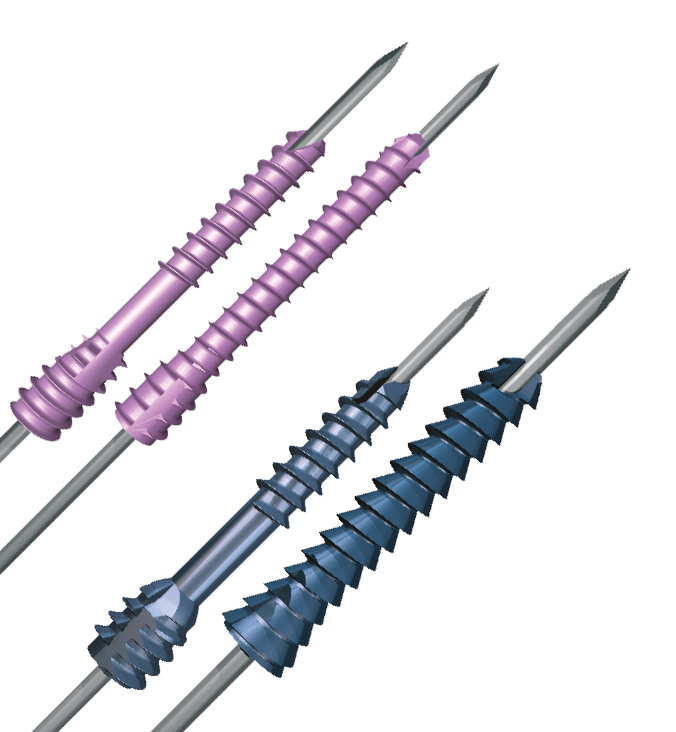
3A and percutaneous screw bePOD
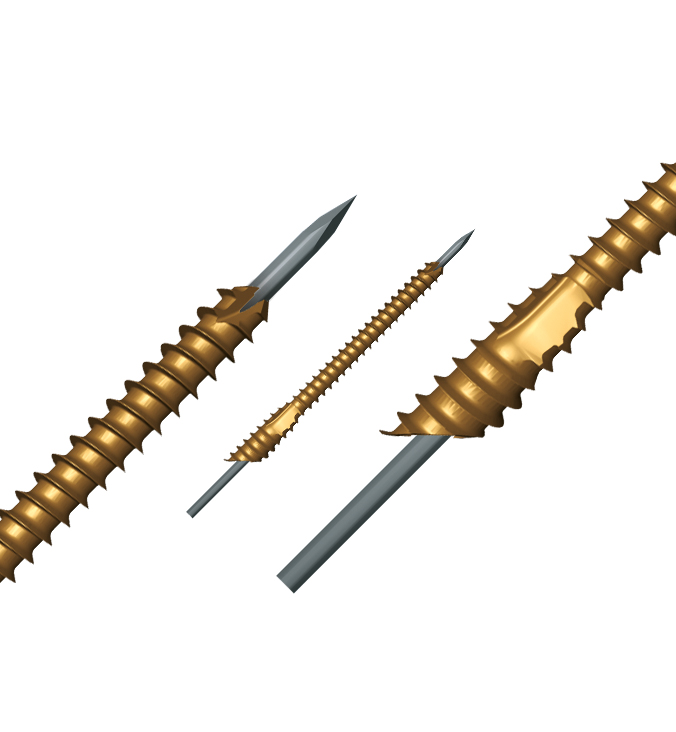
Screw 45B
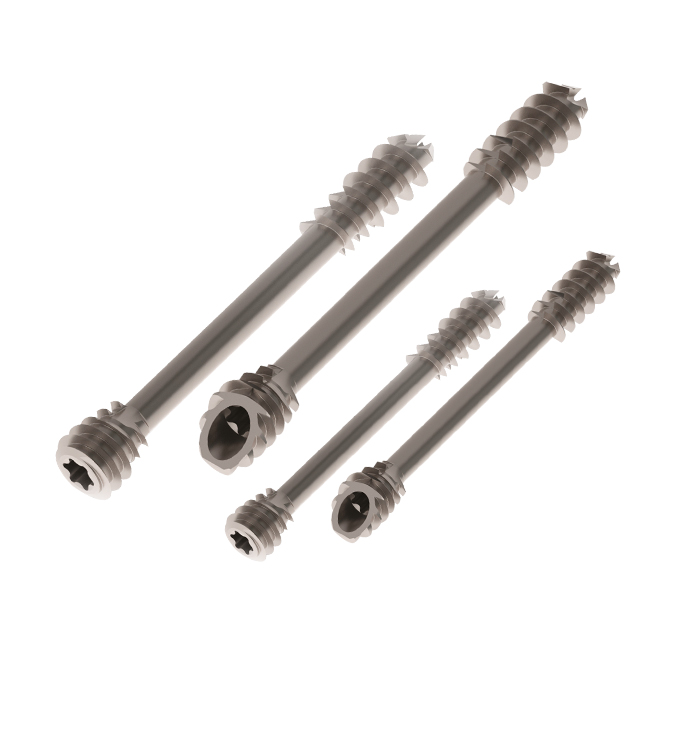
Midfoot and Hindfoot screws bePOD
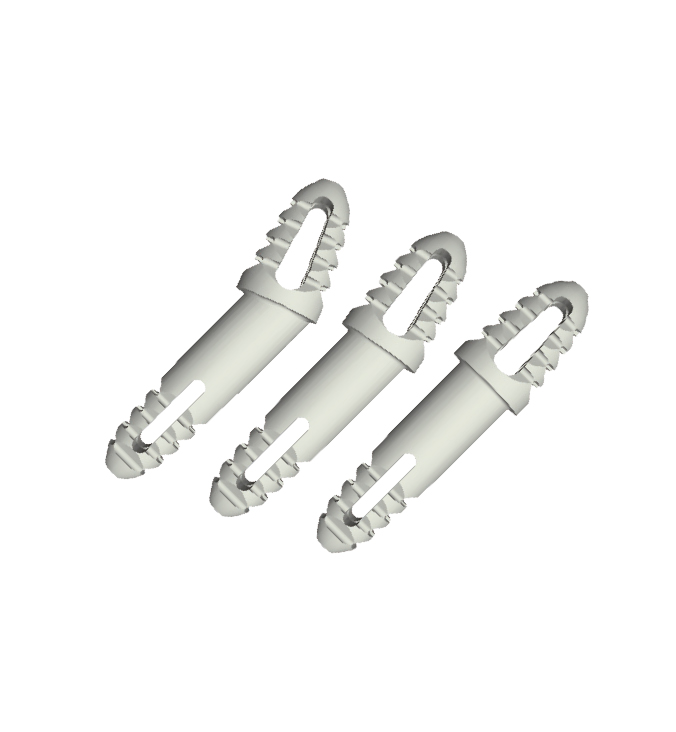
Interphalangeal arthrodesis implant TICTAC
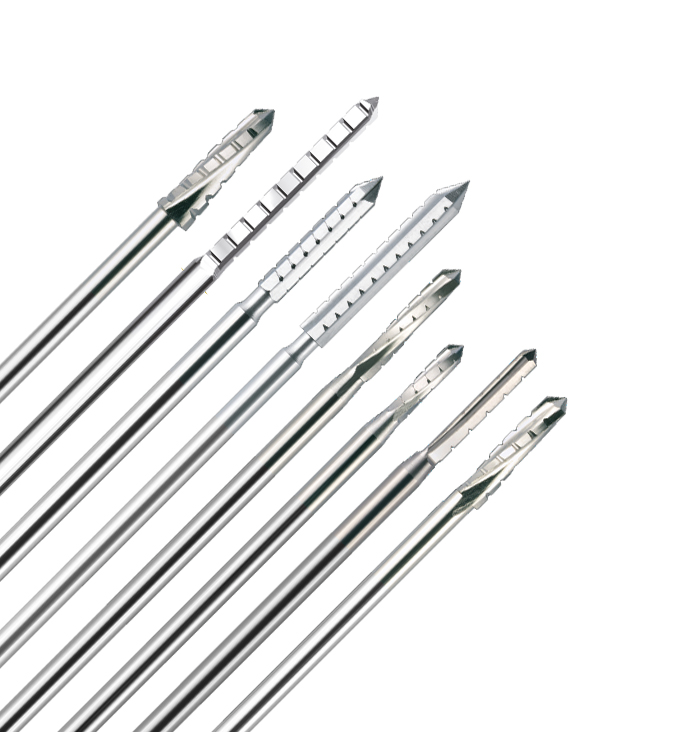
Instrumentation MIS II
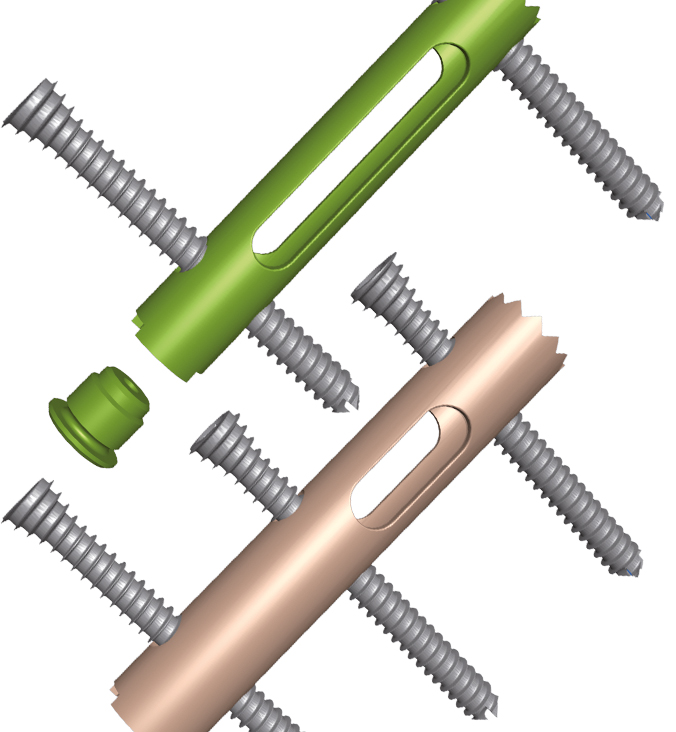
For calcaneal fractures CALCANAIL
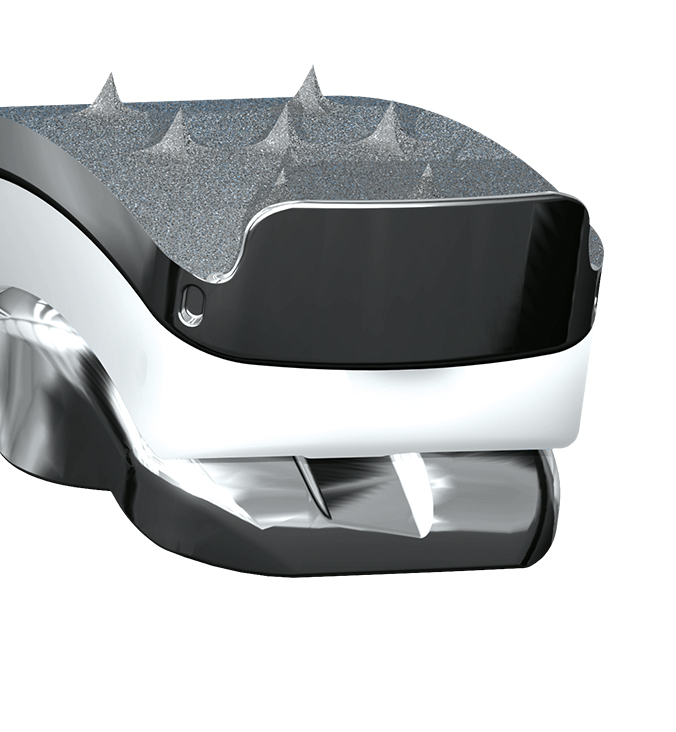
Total Ankle Replacement EASY MOVE
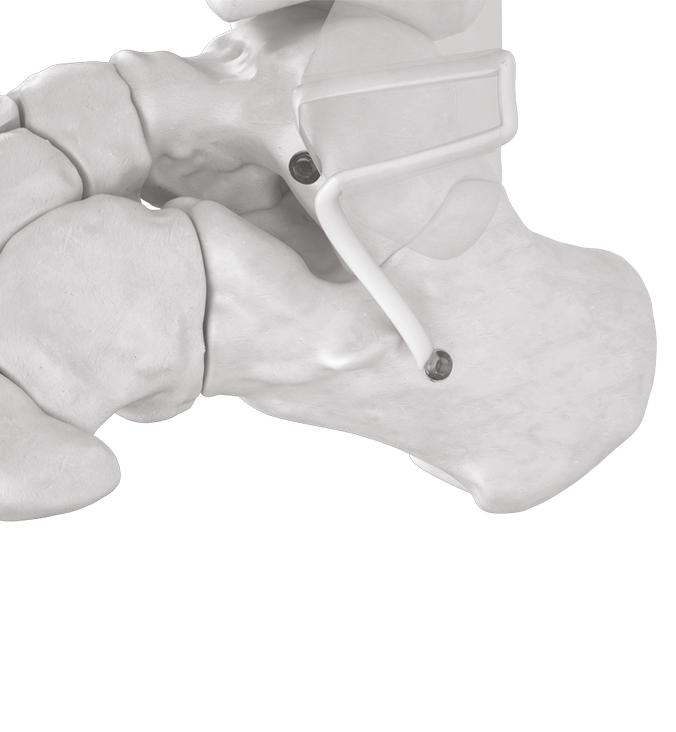
Ankle Lateral Ligamentoplasty A.L.L.
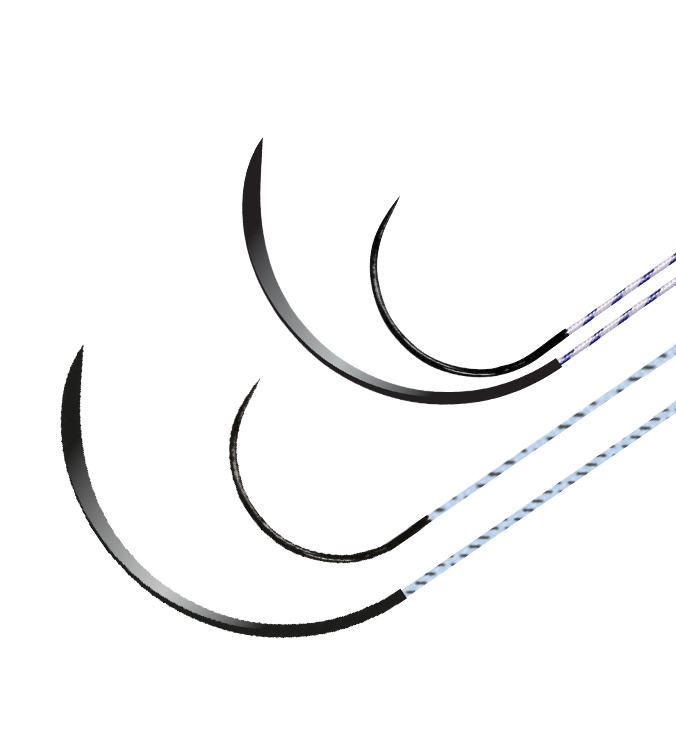
Sutures FH LINK / FH TAPE
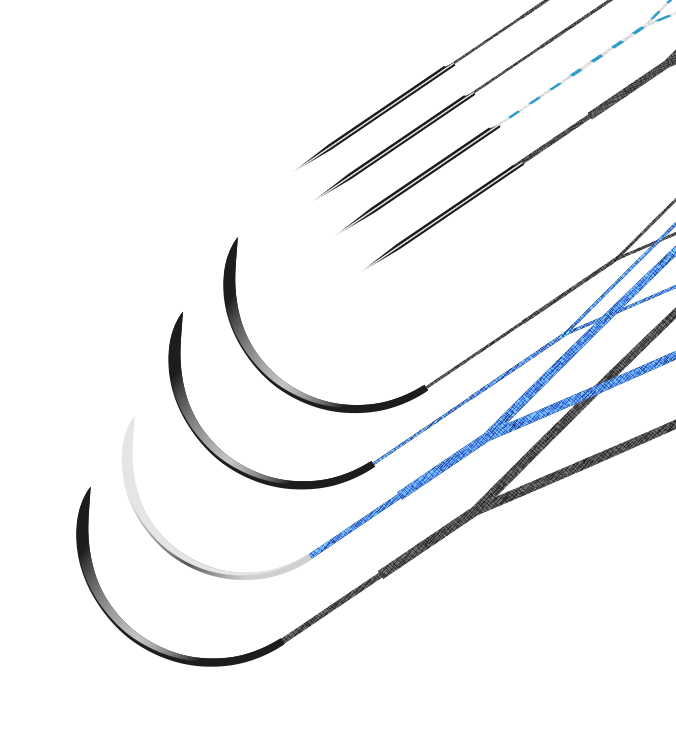
Sutures FH LOOP / TAPE
